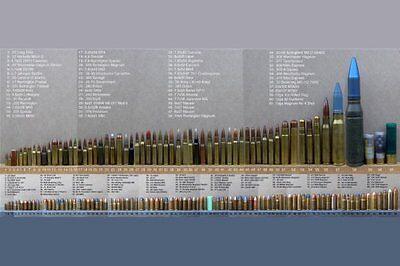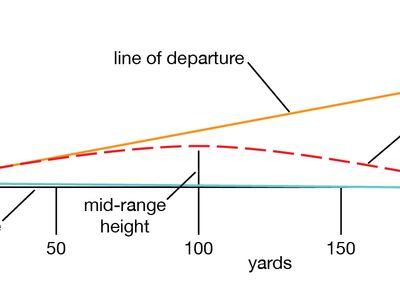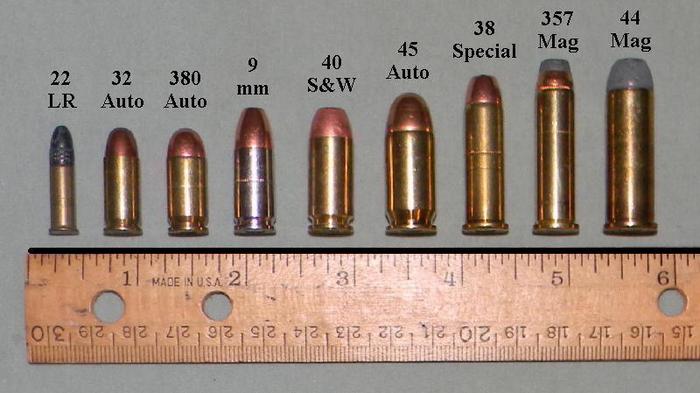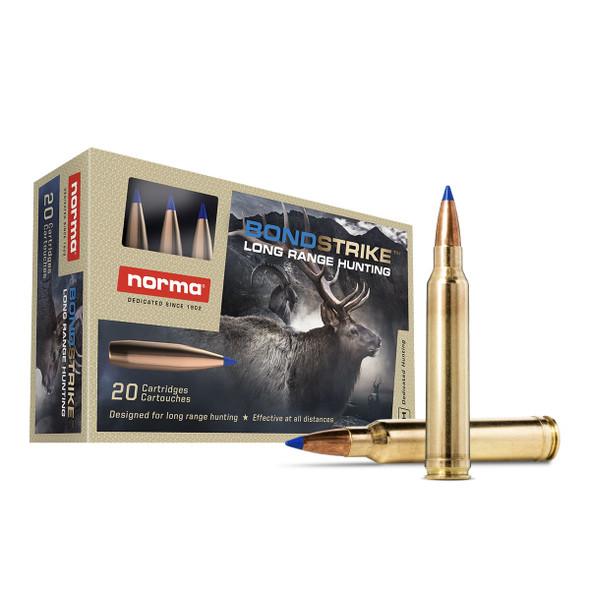When comparing the 10mm and .45 ACP calibers, each offers distinctive advantages and specific uses. My experiences, from training countless shooters to intensively testing these rounds, have underscored the strengths and limitations that define them. The 10mm, with its higher velocity, offers superior penetration and is favored for hunting and tactical scenarios. In contrast, the .45 ACP delivers impressive stopping power, making it a staple for self-defense. Through consultations with seasoned law enforcement trainers and gunsmiths, I’ve delved deep into the nuances of these calibers. As an expert and enthusiast who has field-tested these in varied conditions, I’m here to provide a comprehensive, real-world analysis to help you make an informed decision. Whether your priority is for self-defense, hunting, or a balance of both, understanding these calibers’ performance and practicalities is crucial. Let’s explore which might be the best fit for your needs.
Understanding the Basics
What are the .45 ACP and 10mm Calibers?

Did you know that the .45 ACP has a history dating back over a century? How does its legacy compare to the newer 10mm? In the world of firearms, these two calibers hold distinctive roles within the family of ammunition, each carving out its niche. The .45 ACP, with origins rooted in the early 1900s, is celebrated for its reliable stopping power and has been an enduring choice for military and law enforcement. Its large, slow-moving bullet ensures substantial impact, favoring close-range engagements, and highlighting the .45 caliber advantages.
Meanwhile, the 10mm, developed in the 1980s, brings a more modern touch to ballistic performance. It delivers higher velocity and energy, making it suitable for a broader range of applications, including hunting and self-defense. The versatility of the 10mm advantages becomes evident as shooters seek a balance between power and speed. In my experience tuning firearms, both calibers serve distinct purposes, and understanding these origins can help shooters make informed choices. This foundational knowledge paves the way for our deeper exploration into their performance and suitability, essential in navigating the 10mm vs .45 ACP debate.
Origins and Development

The evolution of firearm technology has always fascinated me, and knowing the history behind these calibers enhances their relevance today. Understanding the basics of caliber development is crucial for any firearms enthusiast, providing a strong foundation for deeper insights into their modern applications. What led to the creation of these calibers, and how have they evolved to meet the demands of modern shooters? This question sets the stage for exploring the historical contexts that gave birth to the .45 ACP and 10mm.
The .45 ACP, introduced in 1905, transformed pistol performance by offering significant stopping power at a time when more effective sidearms were needed. In contrast, the 10mm, born in the early 1980s, was engineered as a response to demands for a versatile round with improved velocity and flatter trajectory, catering to discerning shooters and law enforcement. My journey in firearms has shown me how these calibers’ origins inform their enduring appeal and effectiveness today, key concepts that every shooter should grasp when delving into ballistic performance and practical considerations.
As we transition into a deeper dive on performance comparison, recognizing these calibers’ roots enhances our appreciation of their capabilities. It’s this blend of historical understanding and practical application that truly elevates our comprehension of firearms.
Performance Comparison
Ballistics Overview

What does science tell us about the performance of these calibers in real-world scenarios? To address this, we dig into the realm of ballistics, where the nuances of penetration and energy transfer provide tangible measures of a cartridge’s effectiveness. In my experience, having spent countless hours in both competitive shooting and testing environments, I’ve observed that ballistic performance is the cornerstone of understanding a caliber’s ability to meet specific shooting needs.
The 10mm and .45 ACP demonstrate unique ballistic characteristics that influence how they perform under diverse conditions. The 10mm, with its higher velocity, often achieves greater penetration, making it a formidable option for shooters who prioritize energy retention and longer-range accuracy. Conversely, the .45 ACP specializes in delivering massive stopping power upon impact, yet its penetration may be limited when compared to the 10mm. These differences become critical when we’re evaluating which cartridge excels in specific scenarios, such as self-defense or hunting. By delving into the specifics of these two calibers, we better understand their practical applications and can make more informed decisions when selecting the appropriate firearm for our needs.
Stopping Power Analysis

Is there a definitive measure of stopping power, and how do these calibers stack up against each other? Analyzing stopping power requires not just an examination of ballistics but a deep understanding of how various factors impact a bullet’s effectiveness. In my extensive shooting experience, I’ve learned that recoil management is key; the way each caliber interacts with the shooter can greatly influence shooting efficiency.
In comparing the 10mm and .45 ACP, stopping power is a critical aspect of performance. The 10mm, with its higher velocity, offers significant ballistic performance, potentially translating into greater stopping power. Its recoil, however, can be a challenge for some shooters. On the other hand, the .45 ACP delivers stopping power through its substantial bullet weight, maintaining effectiveness at lower velocities and offering more manageable recoil for many. These characteristics demonstrate how stopping power is not a single metric but an interplay of speed, energy, and shooter control.
Practical Considerations
Which Caliber to Choose for Self-Defense?

When your safety is on the line, does caliber choice really matter? Let’s dig into the implications. As a seasoned firearms expert, I’ve guided countless individuals through the labyrinth of self-defense decisions. My mantra remains: the best gun is the one you’re comfortable shooting. This simple truth underscores why your selection between 10mm and .45 ACP is not merely academic but essential. Both calibers boast distinct characteristics: stopping power, recoil, and capacity.
Self-defense scenarios demand quick decisions and reliable performance. The .45 ACP, with its moderate recoil and widespread availability, might seem like the obvious choice. Its legendary stopping power is undeniable. However, the 10mm offers a higher velocity and potentially greater penetration, which should not be dismissed out of hand. Despite its more pronounced recoil, the 10mm can provide a crucial edge in certain situations. Balancing power and capacity is key. You’ll often find fewer rounds in a .45, whereas many 10mm firearms offer larger magazine capacities. Each caliber serves its purpose, but aligning these factors with your comfort and skill is where you’ll find your answer.
Suitability for Hunting

Can you rely on a .45 ACP for hunting in the same way you would a 10mm? Let’s discuss the nuances. Having spent years in the field, I’ve learned that caliber choice can significantly impact hunting success. The key distinction between the two lies in their hunting capacity.
The 10mm is often favored for its greater velocity, providing deeper penetration crucial for taking down larger game. This caliber, renowned for its power, builds confidence that comes from knowing you possess the appropriate tool for the hunt. In contrast, while the .45 ACP boasts substantial stopping power, its lower velocity can limit its effectiveness, typically making it suitable for smaller game.
Understanding these differences is vital. Your choice should align with what you’re hunting and the environment you’re navigating. A well-equipped hunter is a responsible one, ensuring ethical and humane hunts. As we explore these calibers’ hunting suitability, you’ll see how each choice forms a crucial part of your overall strategy, influencing not just the hunt’s outcome but the ethics behind it.
Cost and Availability

When discussing firearms, the cost and availability of ammunition often steer the conversation towards practicality. In my experience, understanding the long-term costs of ammunition can inform smarter purchase decisions for the avid shooter. Is the more expensive caliber always the better option, or are there hidden savings in the choice of ammunition? This is where my comparative analysis of the 10mm and .45 ACP becomes especially pertinent.
Having been deeply involved in the world of handguns for years, I’ve seen how perceived value can vary significantly from actual cost-effectiveness. The 10mm, while potentially pricier upfront, may offer longer-term benefits in terms of shooting efficiency and frequency, especially when availability is considered. Conversely, the .45 ACP, known for its widespread access and competitive pricing, could be an economical choice for those prioritizing high-volume practice sessions.
Ultimately, the decision often hinges not just on sticker price but on personal shooting habits and how frequently you plan to stock up on ammunition. Both calibers offer unique benefits, making it imperative for the shooter to weigh not only financial impact but also the practical availability of ammunition in their locale.
FAQs
What are the key differences between 10mm and .45 ACP?
Which is better for self-defense: 10mm or .45 ACP?
Is one more accurate than the other?
How does the cost of ammunition compare between the two?
What applications are best suited for 10mm?
In what situations is .45 ACP preferred?
Which caliber is more popular among gun enthusiasts?
Are there specific firearms models that excel in these calibers?
What are the weight and capacity differences between 10mm and .45 ACP handguns?
What should I consider when choosing between these two calibers?
Conclusion
Can a simple choice between two calibers define your shooting journey? Reflecting on my extensive background with firearms, I find that informed choices lead to greater satisfaction and performance on the range. My comparative analysis of the 10mm and .45 ACP reinforces that your decision should be based on your specific needs and shooting style.
Both calibers offer unique advantages: the 10mm excels in versatility and power, making it a favored choice for hunting and self-defense, while the .45 ACP’s reputation for reliability and effectiveness in stopping power remains unmatched. Understanding the distinct characteristics of each can guide your caliber recommendations.
The key takeaway is recognizing how pistol performance aligns with personal preference and the intended application. The nuances between the 10mm and .45 ACP reveal more than ballistic data—they reflect a deeper insight into choosing the firearm that best suits your pursuits and goals.